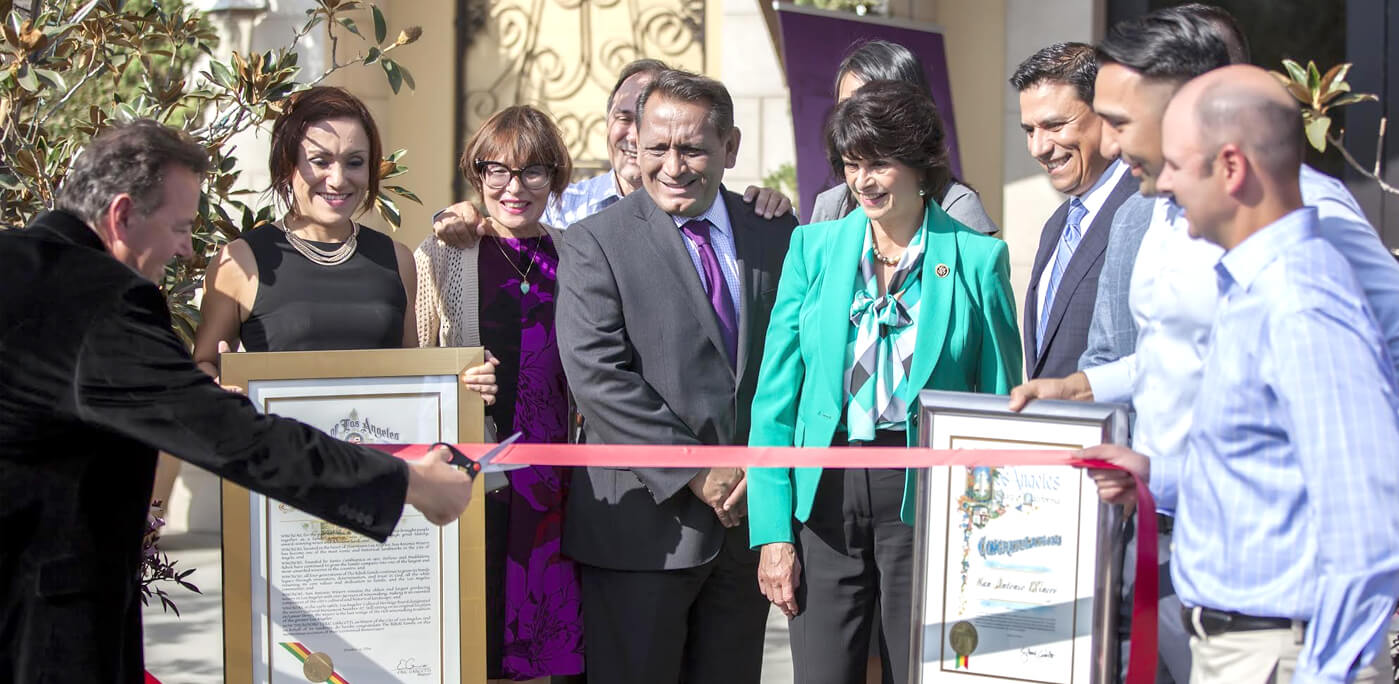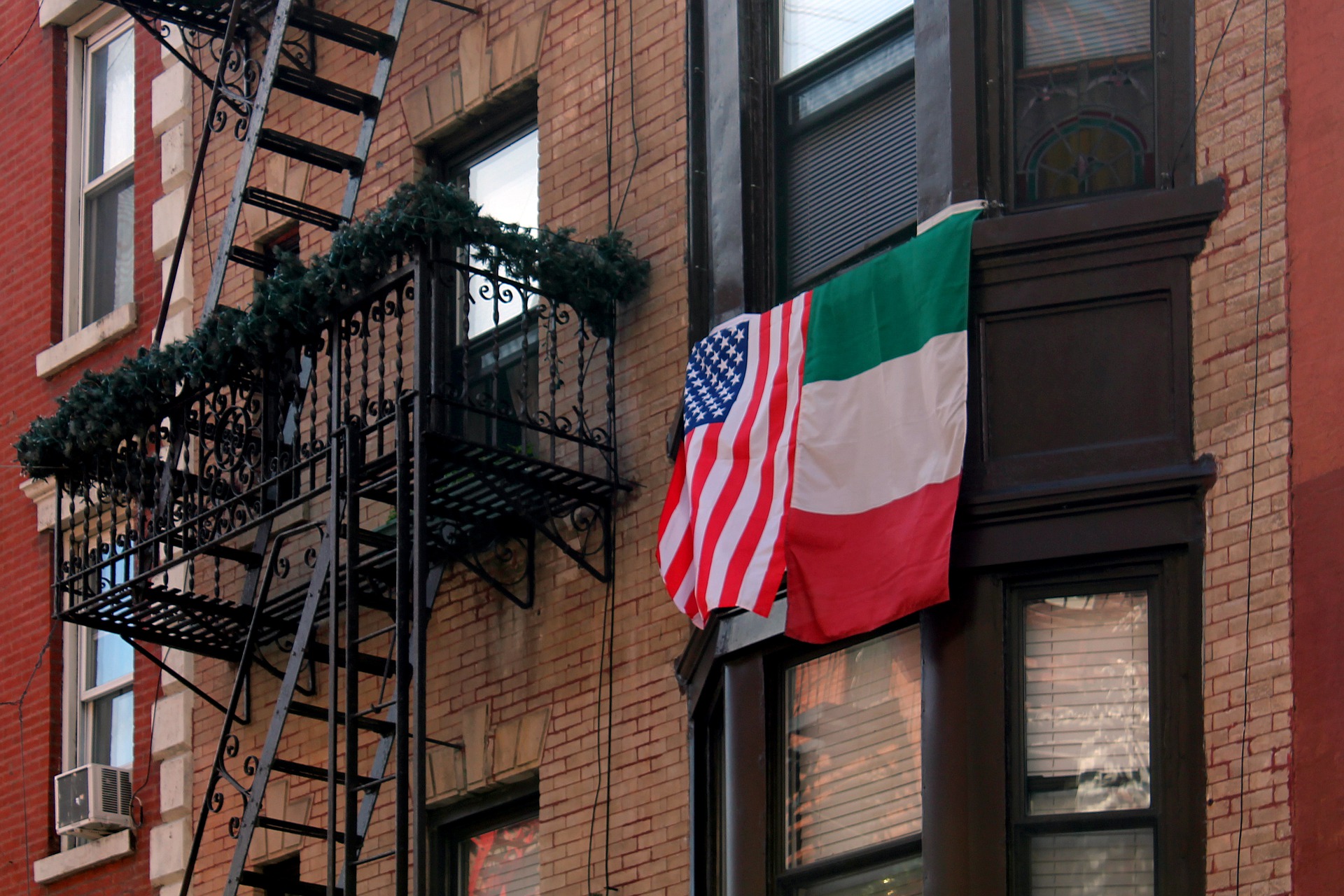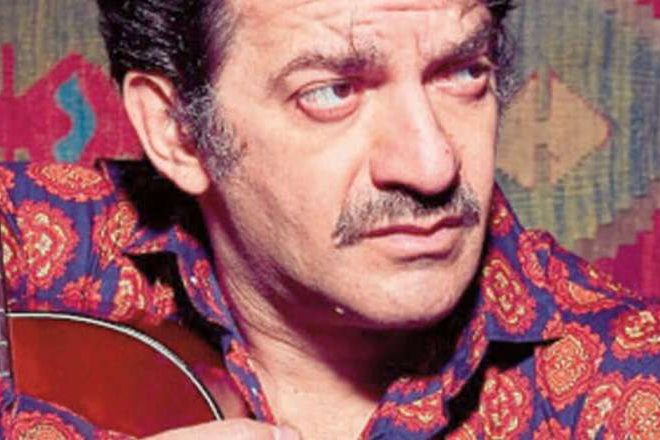On October 13th, San Antonio Winery, kicked off its 100th anniversary on its historic location in Downtown L.A. – once in the heart of the city’s Little Italy.
Congresswoman Lucille Roybal-Allard, Mayor Garcetti’s Chief of Staff Ana Guerrero and L.A. City Councilmembers, Gil Cedillo and Jose Huizar presided at the centennial celebrations, highlighting the exceptionality of a business successfully run by the same passionate family for four generations. All of the leaders emphasized also how significant and iconic has been the winery for the neighborhood of Lincoln Heights and surroundings.
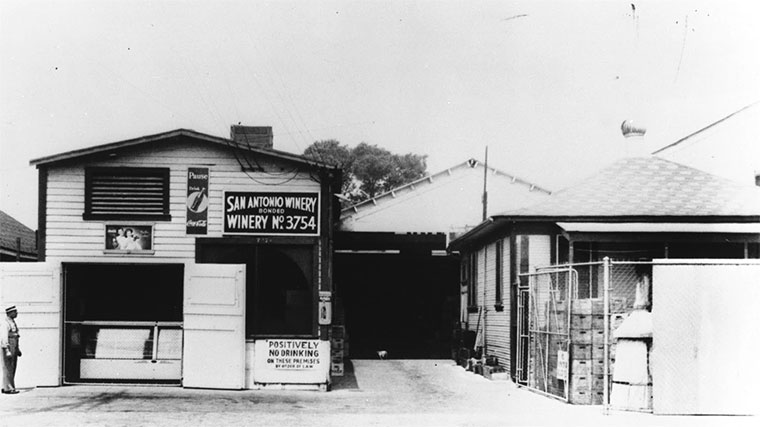
During late 1880s, Los Angeles was not yet the capital of worldwide cinema – still to be “invented” in 1895 by the Lumières brothers, as collective fruition of moving images – but rather epicenter for grape growing and winemaking in all of California.
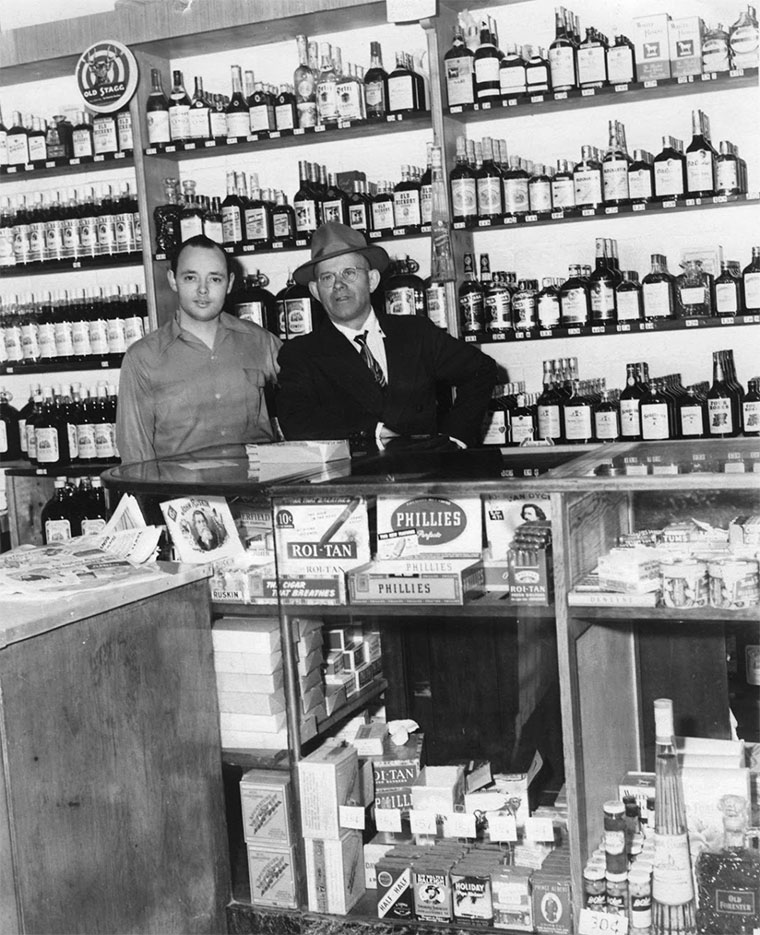
In 1910, Santo Cambianica left his hometown Berzo San Fermo, in the province of Bergamo, Lombardy, and embarked in a perilous journey towards the United States, in pursuit of a better future.
Seven years later, in 1917, Santo found his personal “locus amoenus” in the greater Los Angeles area, whose Mediterranean-like climate revealed to be perfect for the production of the divine nectar – a.k.a. wine – and opened the “San Antonio Winery” in DTLA, after his Patron Saint Anthony.
However, Cambianica soon faced a fearsome ordeal. In 1919, the United States Congress approved the Volstead Act, which concretely started Prohibition in the Country, jeopardizing the whole wine industry.
This time, Santo’s notorious honesty, hard-work ethic, and religious faith apparently were not enough to cope with the constitutional ban on alcoholic beverages.
Although, the man’s ties with the local church revealed to be key to his business, even more than to his soul. In fact, Cambianica successfully engaged in the supply of Sacramental wines for religious ceremonies.
By 1933, with the Great Depression in full swing, nearly all of Los Angeles’ 100 wineries were collapsing, while San Antonio Winery hold tight, becoming the number one provider of altar wines.
In 1936, American-born teenager Stefano Riboli returned from Italy – where his family had relocated – to Southern California, where he apprenticed under his uncle Santo.
Ten years later, Stefano married Maddalena Satragni and together they have been running and successfully expanding the business since.
Still located in its original address on Lamar Street, in the early ’60s, San Antonio Winery was designated, by Los Angeles’ Cultural Heritage Board, “Cultural Monument Number 42.”
Today, people from every corner of Southern California flock to this amazing heirloom of the city’s winemaking history. Certainly, they come for the premium quality of red and white wines as well as the trattoria-style food – served in the annexed restaurant Maddalena – but also to experience warm hospitality in the best Italian tradition.
As San Antonio Winery looks ahead to a bright future, here is second generation Steve Riboli’s childhood’s memories, as well as his vision on, well, his family business.
How was growing up in an Italian-American household? Could you share with us some of your dearest memories from your childhood?
I’m a second generation Italian-American, born and raised in Los Angeles. However, my grandparents – who often acted as “babysitters” for Cathy, Santo and myself – couldn’t speak English well, so we used to communicate in Italian.
As my mom and my grandma both hailed from Piedmont, northern region of Italy, there was never shortage of delicacies from that regional cuisine.
We were happy and very united as a family. At 10 or so, my siblings and I started to work alongside our parents. Not a lot of diversions, but we were happy with life’s simplest pleasures.
Could you tell us more about the process of evaluating the quality of the grapes, at the start of the wine production chain?
For over fifty years, we have been working alongside enologists and wine experts, to guarantee the premium quality of the grapes.
We have five separate brands under the big umbrella of the San Antonio group. We might say that wine production is made in the vineyards and not in the canteens.
Today, we have about 900 acres of vineyards in the areas of Monterey and Paso Robles. Our wine is Estate grown and Estate bottled. Our wine production is made up of 80 % from red grapes and 20 % from green grapes.
This year, we are nominees of the American Winery of the Year maximum recognition alongside other four wineries. It’s a great honor, considering that the US have about 8,000 wineries, operating in its territory.
What’s your specific role in the wine production chain? How do you envision the future of San Antonio Winery?
All of us, including the fourth generation, run this business together, with our parents still overseeing the operations, as their venerable ages allow them.
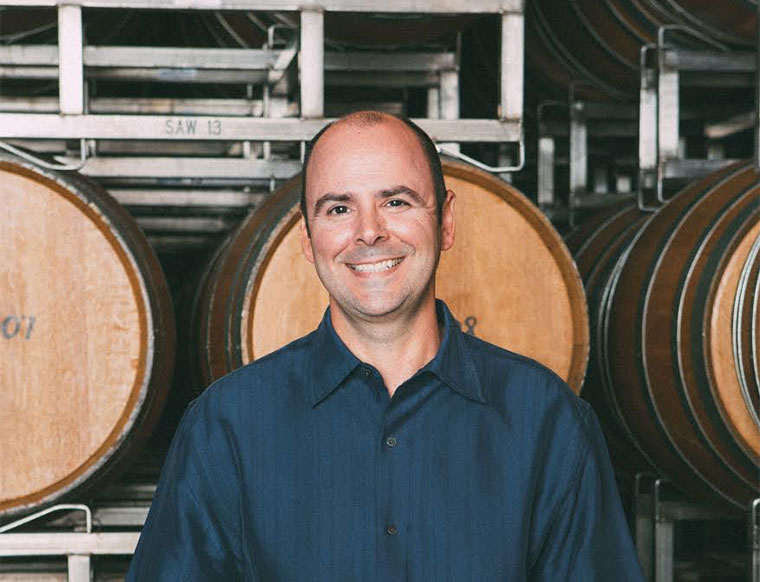
My elder brother Santo is the President, I’m the Vice President. Santo’s son Anthony is the enologist, my daughter Lisa deals with the HR department, while my son Christopher is in charge with the sales to the main chains of retailers. My sister Cathy is the VP of Hospitality, while her son Dante is the head of marketing.
Wine business is very complex. It resembles French or Italian production of perfumes and fragrances. You have to care first of achieving top quality of the product, but also curating the marketing side.
However, essential element of every business is luck. We’ve been blessed with the rare opportunity of working side by side with all of our family for lots of years.
We wish to provide our customers, made of wine enthusiasts, with premium products for another one hundred years to come.
To conclude on this sweet note, here is fourth-generation Anthony Riboli’s vision of today’s business: “Our brands from Paso Robles, Monterey and Napa are certainly the main focus as consumers have changed their taste toward more specific varietals and regions, for example ‘San Simeon Cabernet Sauvignon’ is one of our bestsellers. Today’s consumers are willing to spend more on higher quality wine. We just built a new state of the art winery in Paso Robles and continue to expand our estate vineyards, in the goal of continuing to make the highest quality wines.”
